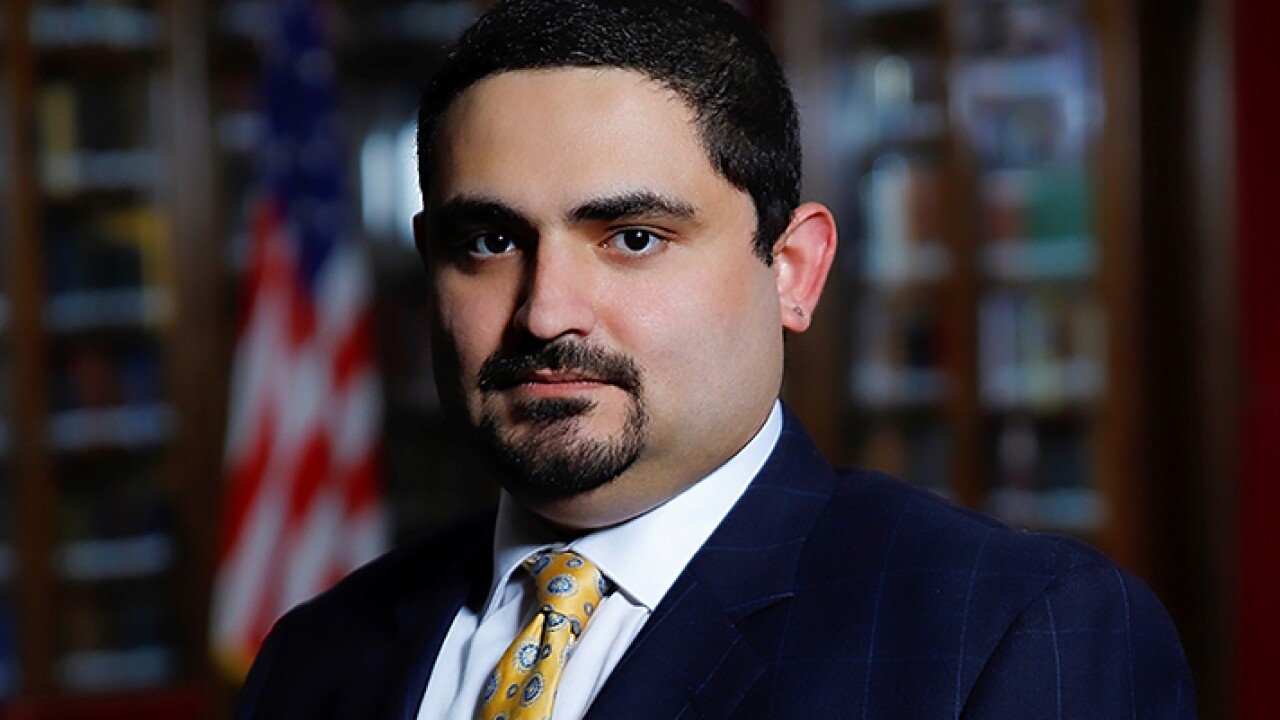After Metropolitan Transportation Authority officials said they would close the Canarsie tunnel between Manhattan and Brooklyn for 18 months, beginning in January 2019, advocates for bicycles, ferries and other transit options have been vocal.
The estimated cost for the tunnel fix is $900 million. The MTA, one of the largest municipal issuers with $37 billion in debt, expects sizeable reimbursement from the federal government.
Canarsie was one of nine underwater tunnels that flooded when Hurricane Sandy struck on Oct. 29, 2012. Salt is eroding much of the tunnel.
"We are planning for that and will continue to be planning for that until it happens in 2019," Jay Krantz, director of the MTA's New York City Transit unit, said at a late September workshop at the New York Transit Museum in downtown Brooklyn.
The L line runs for 10 revenue track miles from Manhattan's West Side to Brooklyn's Canarsie neighborhood. The line has taken on new significance of late given the massive growth in Brooklyn.
"The L has become synonymous with the Brooklyn brand," New York University's Rudin Center for Transportation said in
Transit and city planners "have an opportunity to explore entirely new modes of transportation," wrote Rudin Center's Mitchell Moss, Sarah Kaufman, Jorge Hernandez and Sam Levy. "This long-term closure will give the MTA and city agencies an opportunity to work together and increase the city's transportation options in the long run."
Rudin Center called for bolstering service on connecting subway lines; high-speed bus service including a peak-hour bus-only lane on the Williamsburg Bridge; public-private partnerships with ridesharing companies such as Uber and Lyft for connections to more remote stations; CitiBike bicycle rental "superstations" near bridges and at strategic Manhattan transfer stations such as 14th Street; and even gondola and scooter sharing.
Last month, Mayor Bill de Blasio and city transportation Commissioner Polly Trottenberg announced that by year's end, CitiBike will have added 18 miles of protected bike lanes and at least 75 bike lane-miles are projected across the five boroughs.
The city's transportation department, synonymously, is spending an additional $115 million under a street redesign safety program.
Additionally, the first phase of citywide ferry service is scheduled to launch in mid-2017 with the opening of Rockaway, South Brooklyn and Astoria routes. The city has budgeted $55 million in related infrastructure upgrades, including 10 new ferry landings, plus $30 million in operating support per year over six years.
The city would receive a portion of fare-box revenue if ridership exceeds 5.6 million passengers.
Last February, de Blasio proposed a 17-mile streetcar line through Brooklyn and Queens waterfront neighborhoods. De Blasio, whose initial estimate to purchase and install the system was about $2.5 billion, said the city would raise capital through a nonprofit that could issue tax-exempt bonds.
"We want to see that buses, bikes -- most efficient modes of transportation -- are front and center among policymakers," said Thomas DiVito, director of organizing for Transportation Alternatives, a lobbying group for cyclists, pedestrians and transit riders. "Having cars be the center of the solution is clearly not tenable."
Nicole Gelinas, a senior fellow at the Manhattan Institute for Policy Research, called the L train shutdown emblematic of the bigger picture – a system that carries upwards of 6 million riders on a given weekday is over capacity.
"As the city gets more crowded, there is not a lot of room for private cars. And by private cars, I'm including Uber, black cars, Lyft, taxicabs," she said. "It's just a physics issue. I can come in and squeeze myself onto a subway train with 150 other people per car or I can be surrounded by 4,000 pounds of my own vehicle."
Budgetary strain hovers over capital spending, whether for conventional or newfangled modes, comes amid budgetary strain.
New York MTA's capital program for 2015 to 2019 sat in limbo for 18 months until a state review panel approved a $27 billion package, and only following complex negotiations among agency and New York City officials, and Gov. Andrew Cuomo.
Big-headline operational problems at the Washington Metropolitan Area Transit Authority have prompted talk about the need for a dedicated funding source at D.C. Metro.
"How do you get dedicated funds? You can't be going year after year," said Metro chief operating officer Joseph Leader, a former New York City Transit president and a Bronx native.
"You need to be looking five years, 10 years out … what kind of funds will I have, what projects will I be looking at?" he said at the Transit Museum workshop. "You need to give [riders] alternatives and we're trying to do that."
Leader said that since joining D.C. Metro on Aug. 1, Virginia has begun talks about adding infill stations – a new stop in between established ones to accommodate growth –along the second phase of the Silver Line, the new connection to Dulles International Airport that officials expect to open around 2019 or 2020.
"They're building a huge complex of townhouses and apartment buildings out in the Alexandria area," said Leader. "Virginia is very proactive when it comes to looking at mass transit, where to put people and how they're going to get to work."
Washington's NoMa-Gallaudet University stop in the district's Northeast quadrant is an infill station. It opened in 2004 with funding from land donations, a federal earmark, the District of Columbia capital budget and a special assessment.
In Boston, the Massachusetts Bay Transportation Authority plans to open its infill Boston Landing commuter rail stop in the city's Brighton neighborhood this fall under a public-private partnership with New Balance. The station sits near the sneaker company's headquarters.
Two years ago the MBTA added Assembly Square station along the Orange Line subway at Boston inner-ring suburb Somerville, as part of a larger redevelopment project at the site of a former Ford assembly plant.





